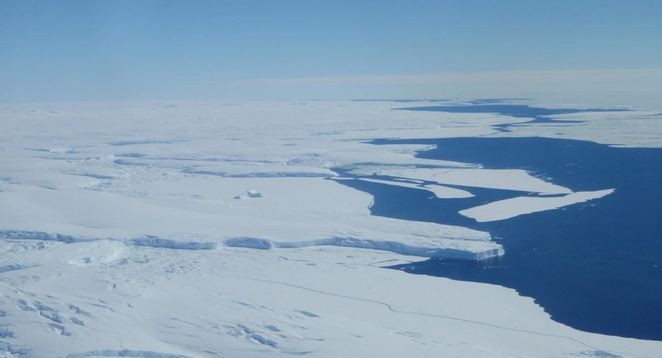The Totten Glacier, the largest in East Antarctica, is melting faster than expected due to a recently discovered warm water channel rushing underneath it.
Scientists believe a three mile-wide channel exists deep beneath the glacier which, along with another tunnel, allows warmer sea water to melt the heart of the glacier. The Totten Glacier is 75 miles long and 18 miles wide.
Scientists said the waters around the glacier are some 1.5 degrees Celsius warmer than in other areas and believe those two channels are the reason. Before the discovery, scientists thought the East Antarctica ice sheet was stable.
This glacier is so huge that if it were to melt, it alone would raise global sea levels by 11 feet.
Scientists, however, said the glacier will take centuries to melt it but the changes occurring today could make that melt inevitable and irreversible, said the Science Recorder.
"The idea of warm ocean water eroding the ice in West Antarctica, what we're finding is that may well be applicable in East Antarctica as well," said Martin Siegert, a co-author of the study as quoted by The Washington Post.
The Totten Glacier is the "most rapidly thinning glacier in East Antarctica," said Jason Roberts, an Australian Antarctic Division glaciologist.
The floating ice shelf of the Totten Glacier covers an area of 90 miles by 22 miles. It's losing an amount of ice "equivalent to 100 times the volume of Sydney Harbor every year," said the Australians.
Scientists are alarmed by this massive loss because the glacier holds back a much larger catchment of ice that could produce a sea level rise of more than 11 feet if its vulnerable parts were to melt and flow into the ocean. This loss is comparable to the impact from a loss of the West Antarctica ice sheet.
And that's "a conservative lower limit," said lead study author Jamin Greenbaum, a PhD candidate at the University of Texas at Austin.
The Totten Glacier Tongue is a large glacier tongue extending into the sea from the glacier itself. It forms a major portion of the East Antarctic Ice Sheet.
Scientists used aircraft with radar, laser, and additional sensors to measure the ice for the study participated in by researchers from the United States, Australia, and Britain. The research work covered over a five-year period between 2008 and 2013.



























